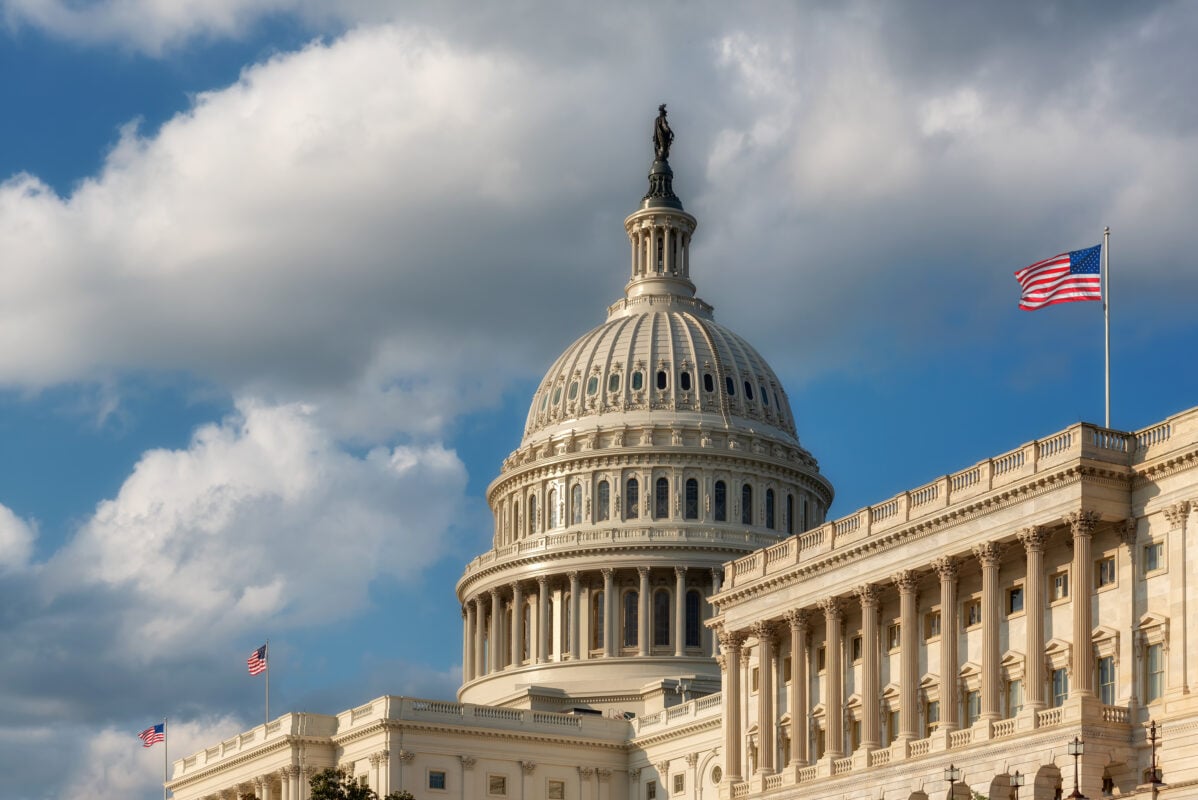TLDR
- Western Union taps USDC, USDT for faster, cheaper global remittances.
- Stablecoins fuel Western Union’s new global money transfer revolution.
- Western Union embraces USDC, eyes Tether and Ripple for future remits.
- USDC and USDT set to power Western Union’s blockchain remittance push.
- Western Union bets on stablecoins to boost remittance speed and access.
Western Union has officially shifted its position on digital currencies by recognizing stablecoins as a driver of future remittance growth. The company plans to incorporate stablecoin functionality into its money transfer services to improve speed, cost, and access. This approach places Western Union among a growing group of financial firms embracing blockchain-based payments as part of their core infrastructure.
USDC Integration Signals Strategic Move
Western Union plans to support U.S. dollar-pegged stablecoins like USDC in its digital wallet and branch operations worldwide. Customers will be able to send, receive, hold, or cash out stablecoins alongside fiat currencies. This feature will target underserved regions where traditional financial access remains limited but remittance demand is high.
🚨 Western Union CEO eyes stablecoins for faster cross-border transfers & better fiat conversion! 🌍
On/off ramps coming soon…$XRP was built for this. 🔥 pic.twitter.com/IYjPL7bGmu
— 𝕏aif🇮🇳|🇺🇸 (@Xaif_Crypto) July 22, 2025
Western Union is not building the infrastructure in-house but will partner with external blockchain service providers. The company has confirmed it is in talks with firms previously featured in Bloomberg interviews, signaling advanced partnership discussions. Although the firm has not named its partners, speculation surrounds Circle, the issuer of USDC, due to its strong regulatory track record.
USDC has remained one of the most widely accepted stablecoins due to its transparent reserve audits and bank partnerships. Western Union aims to use it for real-time settlement while retaining fiat cash-out options across its global network. The company believes this blend of digital and physical presence gives it a unique advantage.
Tether Offers New Settlement Possibilities
Alongside USDC, Tether (USDT) could play a role in Western Union’s remittance network in high-volume corridors. With a market capitalization of $161.71 billion, Tether dominates the global stablecoin market. Western Union is considering regions where USDT demand is stronger due to trading volume or local crypto familiarity.
The company plans to allow users to deposit local currency and receive USDT or send USDT across borders instantly. Customers may also redeem USDT at Western Union outlets or within its digital wallet, converting it into local fiat currency. This could significantly reduce settlement friction, particularly in Latin America and Southeast Asia.
Executives believe Tether’s large liquidity pool and wide exchange acceptance offer strong advantages for high-frequency remittance use cases. The firm is currently studying customer behavior in markets with high crypto adoption to decide where USDT services will launch. These tests will shape which stablecoin receives wider rollout and integration support.
Ripple’s RLUSD and Future Expansion
Ripple’s RLUSD, which launched last year and reached a $532 million market cap within seven months, also features in Western Union’s roadmap. The company has not confirmed whether RLUSD will be adopted but acknowledges the growing influence of blockchain-native issuers. RLUSD is designed for enterprise-grade settlement and cross-border use, aligning with Western Union’s goals.
Ripple’s strong ties with banks and regulators make RLUSD a potential candidate for integration in Western Union’s bank-partnered corridors. The company may explore joint ventures with firms like Ripple for infrastructure support, liquidity provision, or compliance tools. Such partnerships could enhance regulatory alignment in key regions like the EU and UAE.
Western Union is currently preparing pilot programs for stablecoin transfers in Latin America, with launches expected by Q4 2025. The firm intends to expand to Africa and Asia in 2026, focusing on high-volume corridors with poor legacy infrastructure. Stablecoins will serve as the backbone of these initiatives, supported by blockchain rails and compliance partnerships.






